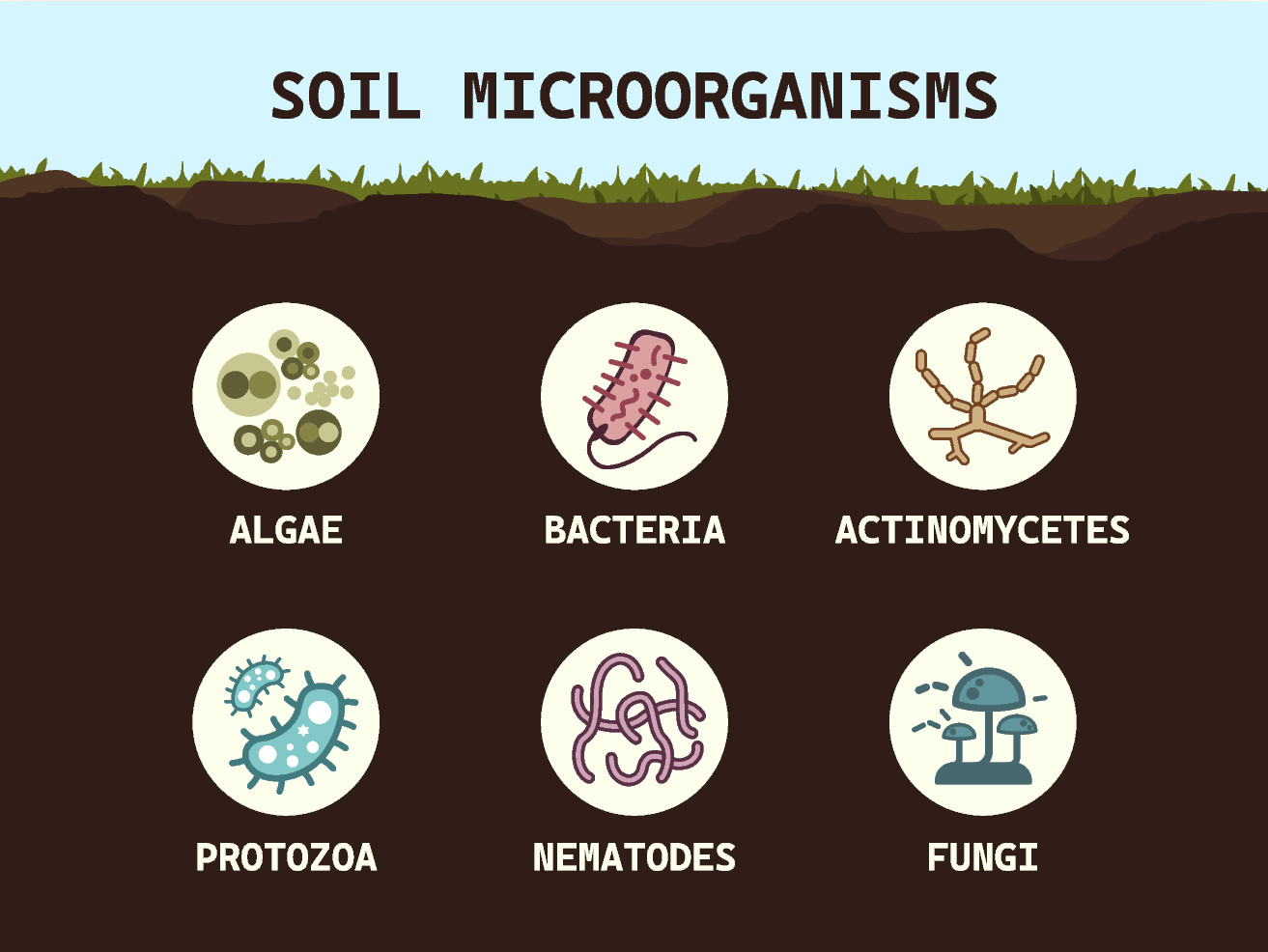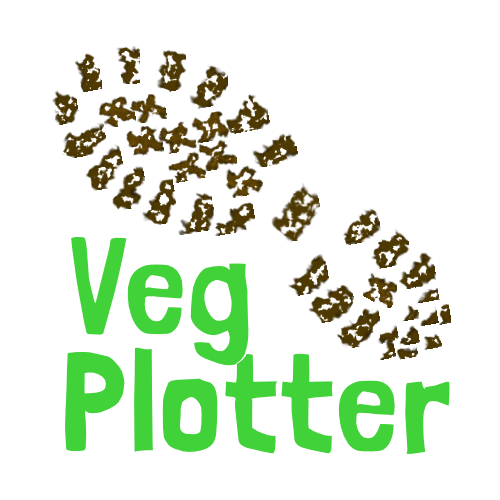Living Mulch

Living Mulch: Nature’s Ultimate Soil Builder
Living mulch—covering the soil with plants—offers the most nourishing benefits of all. A soil blanketed with thriving plants is a vibrant, living system. Beneath the surface, a complex web of life takes place.
Fungi, nematodes, protozoa, bacteria, arthropods, and earthworms interact with plant roots to create an ecosystem that builds soil health and fosters plant vitality. This symbiotic relationship is the foundation of a flourishing garden.
Diversity is key when it comes to living mulch. The more varied the plant roots in the soil, the richer and more resilient your garden becomes. This approach mimics natural ecosystems like meadows, and woodlands, which thrive with no need for weeding, fertilizing, or intensive care. These self-sustaining environments serve as the ultimate inspiration for our vegetable gardens.

Plants like clover, nasturtiums, and melons are excellent choices for living mulch. Clover enriches the soil with nitrogen, nasturtiums deter pests and provide edible blooms, and melons offer dense shade that prevents soil compaction. By introducing these plants, you not only reduce weeds and retain moisture but also align with nature’s rhythms, making gardening easier and more sustainable.
A garden planner tool like VegPlotter can help you layout your garden to include living mulch effectively. It lets you map out your crops and ground covers, ensuring optimal placement and spacing. With VegPlotter, you can visualize how different plants interact, create diverse root systems, and design a balanced layout that supports soil health.
Let’s take a cue from nature’s brilliance. By cultivating a diverse, living ground cover and using tools to plan efficiently, you can enhance your garden while caring for the Earth. Living mulch is a step toward smarter, greener gardening and a more sustainable future.


